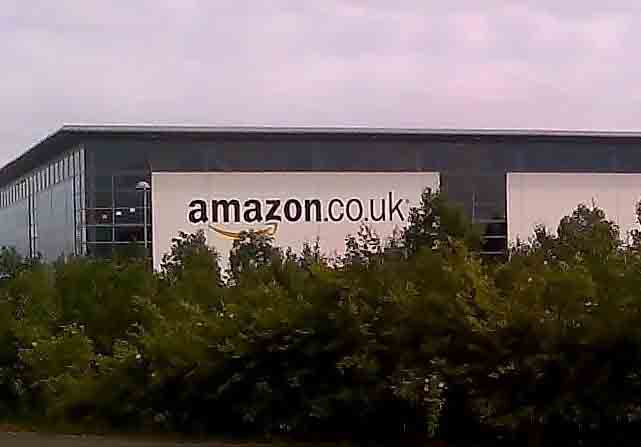
Wikimedia Commons
Amazon’s newest headquarters will not be in the Elm City — or any Connecticut city for that matter.
New Haven made a bid to host the new Amazon headquarters in conjunction with Bridgeport in Oct. 2016, after the state selected Hartford and Stamford for Connecticut’s submission. But none of the submissions proved fruitful. On Thursday, Amazon released a list of 20 finalists for its new headquarters, including nearby cities such as New York, Newark and Boston. City and state officials expressed disappointment, but not surprise, that New Haven and other Connecticut cities did not make the final cut.
“Of course we are disappointed Connecticut was not chosen for Amazon’s HQ2,” Community Development Commissioner Catherine Smith SOM ’83 said. “We knew from the beginning that this was an uphill climb and that scale could be an issue, so it is not surprising that Amazon opted for much larger communities.”
The state received positive feedback from Amazon officials, Gov. Dannel Malloy said in a press release, but still did not have a large enough metropolitan area to advance in the competition.
New Haven Economic Development Administrator Matthew Nemerson SOM ’81 told the News that he was disappointed by Amazon’s decision to exclude Bridgeport and New Haven from the list of finalists, but that the city was cognizant of the difficulty of incorporating 50,000 people.
Mark Abraham ’04, executive director of the data analysis nonprofit DataHaven, said Amazon’s request for proposals suggested a preference for large cities, which he said often have stronger airport connections and a larger pool of workers from which to draw. While neither New Haven nor Hartford is small, their economies are not as large as the Washington D.C. and New York City metropolitan areas, which are home to five finalists, he said. Still, Abraham said he believes Hartford, Stamford and New Haven all would be good places for a large office complex to be located.
The Bridgeport–New Haven joint proposal offered the company double the estimated eight million square feet of office space for the headquarters split between both cities.
Despite Amazon’s choice, Nemerson said he believes that Connecticut is and will continue to be an attractive place for businesses, citing falling crime rates and rising downtown property values in Connecticut cities like New Haven and Hartford.
“Connecticut cities are very competitive,” Nemerson said. “But the question for most large corporations is: How competitive is the state, and does the state have the wherewithal to invest in infrastructure, bridges, trains, airports, etc. to support our business?”
Connecticut’s submissions were part of the 238 submissions the company received throughout the county.
“Thank you to all 238 communities that submitted proposals. Getting from 238 to 20 was very tough — all the proposals showed tremendous enthusiasm and creativity,” said Holly Sullivan for Amazon Public Policy. “Through this process we learned about many new communities across North America that we will consider as locations for future infrastructure investment and job creation.”
On Sep. 7, Amazon said in a press release that it expected new headquarters to grow to include as many as 50,000 high-paying jobs and that it would likely invest $5 billion in construction.
Daniel Dager | daniel.dager@yale.edu







